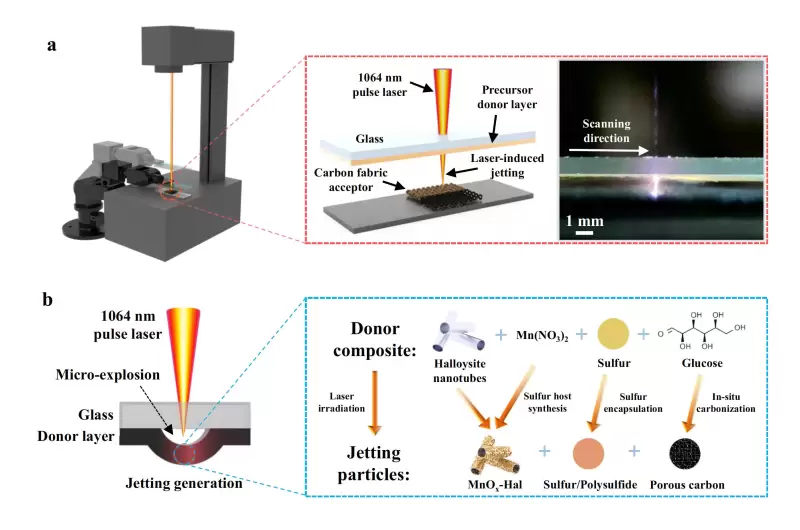 |
|
 |
|
 |
|
 |
|
 |
|
 |
|
 |
|
 |
|
 |
|
 |
|
 |
|
 |
|
 |
|
 |
|
 |
|
TRON has significantly evolved since its inception, shifting from its initial goal of directly rivaling Ethereum to focusing primarily on stablecoin transfers.

Launched in 2017, TRON was initially conceived as an “Ethereum killer.” While none of the Ethereum killers managed to actually kill Vitalik's brainchild, TRON did manage to snatch the leadership in the realm of stablecoin transfers. Let's understand what happened in TRON over the last six months and in which direction it is developing.
Key Findings:
Stablecoin Dominance: TRON's network holds about 53.7% of the total USDT supply, making it a leading platform for stablecoin transactions.
Ecosystem Scale: TRON's overall TVL exceeds $22 billion, while DeFi's TVL stabilizes at $8 billion with the significant dominance of JustLend.
Future Prospects: TRON focuses on enhancing stablecoin payments and providing Bitcoin integration, including the development of its own Bitcoin Layer 2 solution and gasless stablecoin transfers.
Specifics of TRON Chain
The TRON blockchain utilizes the Delegated Proof-of-Stake (DPoS) consensus algorithm. It is a consensus mechanism where stakeholders elect a small number of delegates to validate transactions and secure the network on their behalf. Blocks are generated every 3 seconds, and the maximum network performance is 2,000 transactions per second.
There are three layers in the TRON architecture:
TRX Token Overview
The TRX token is the native utility cryptocurrency of the TRON blockchain. Initially launched as an ERC-20 token on Ethereum during its 2017 ICO, TRX had a total issuance of 100 billion tokens. These were allocated as follows: 40% for the public token sale, 15% for a closed pre-sale, and 35% to the project's reserve fund.
Subsequently, all ERC-20 tokens were converted to native TRX on the TRON blockchain. Periodically, the total supply is reduced by burning events and currently stands at around 87 billion tokens.
Now, TRX serves as the primary unit of settlement within the TRON ecosystem, used to pay transaction fees, rewards for staking, and block confirmations by super-representative nodes. When users stake TRX, they receive Tron Power, which grants them voting rights to elect super-representatives. These super-representatives, once elected, are the ones who vote on network development proposals in TRON DAO on behalf of the community. Therefore, while Tron Power itself does not directly vote on proposals, it empowers users to choose the super-representatives who make those decisions.
Despite TRX being the main gas token for performing transactions, there are two types of resources that can be used to execute smart contracts and perform transactions in TRON:
Both resources can be acquired by staking TRX tokens, incentivizing users to hold and support the network.
Looking at the current TRX distribution, we can see that the top 10 addresses own 31.61% of the total supply, and the top 500 addresses own as much as 85.50%. Only one of the top 10 belongs to the exchange wallet. Although it is important to note that Top 1 is the address of the smart contract, which is responsible for the TRX token wrapping, it owns 14.68% of the entire issue.
Stablecoins Performance
TRON's primary use case is to serve as a USDT stablecoin exchange network, surpassing Ethereum in this specific area. By focusing on stablecoin payments instead of DeFi or dApps, TRON delivers high speeds, operational continuity, and reliability. This focus created a snowball effect during USDT's initial surge in popularity, leading to widespread adoption among businesses, e-commerce platforms, and international money transfers, thereby extending TRON's utility far beyond crypto-native users. Currently, about 53.7% of all USDT total supply (~113.2 billion) is on TRON. That is about 2x the amount the USDT stablecoin settled on Ethereum.
At the time of writing, the total market cap of TRON stablecoins has almost reached $62 billion, with over 48 million holders. USDT is not the only stablecoin, although it accounts for approximately 98.20% of the total stablecoin supply on the TRON chain.
In the past six months, there have been twelve issuances of USDT on TRON at a billion dollars each, marked with green spikes on the chart below. This resulted in the stablecoin total supply exceeding $60 billion.
The most recent burning event took place on August 22, 2023, during which 1.2 billion $USDT was burned. Stablecoin burn is a mechanism to reduce liquidity in crypto markets, akin to how central banks decrease the money supply in traditional markets. Therefore, keep your finger on the selling button whenever news of $USDT burning emerges, though such events are unlikely to occur in the next few years.
Disclaimer:info@kdj.com
The information provided is not trading advice. kdj.com does not assume any responsibility for any investments made based on the information provided in this article. Cryptocurrencies are highly volatile and it is highly recommended that you invest with caution after thorough research!
If you believe that the content used on this website infringes your copyright, please contact us immediately (info@kdj.com) and we will delete it promptly.
-

-

-

-

-

-

- Bitcoin (BTC) Faces Critical Test: Will the Yearly Open Flip from Support to Resistance?
- Apr 24, 2025 at 03:00 am
- Bitcoin's price has recently found itself near a critical juncture, as it trades close to its yearly open. This level, which was once a robust support, could now play a pivotal role in determining the next phase of Bitcoin's market trajectory.
-

- A research team has developed an innovative single-step laser printing technique to accelerate the manufacturing of lithium-sulfur batteries.
- Apr 24, 2025 at 02:55 am
- Integrating the commonly time-consuming active materials synthesis and cathode preparation in a nanosecond-scale laser-induced conversion process, this technique is set to revolutionize the future industrial production of printable electrochemical energy storage devices.
-

-






























































